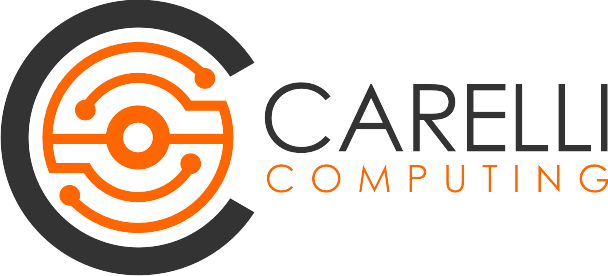Every industry has its preferred OS. Historically corporate and professional services have tended to be Windows dominated. Even with more and more companies embracing BYOD policies, Macs still need to catch up to gain market share in the office world. Many companies moving to the cloud are substantially diminishing apparent barriers to entry for the Mac. With the web (largely thanks to Chrome) serving as the software platform for most modern systems, the question of OS and chip architecture is becoming irrelevant. You don’t need to run Outlook locally - and thereby get locked into Windows - when you can use Office 365 with outlook.com.
This shift allows end users and IT departments to broaden their options when considering new machines. For example, a summer intern can quickly get by using an inexpensive Chromebook, an executive can maintain a luxury aesthetic with a golden MacBook Air, and a construction foreperson can rest assured that his ruggedized Thinkpad running windows will serve him well.
There are even more benefits to this cloud as a platform shift, and to learn more about how your business could benefit by making the jump feel free to drop us a line! Today, however, I want to highlight the Mac in a Windows-dominated setting.
As an IT professional, I have always had a Windows computer as my mobile handyman. Its compatibility, in most cases, was unmatched. However, a couple of years ago, I gave myself a challenge — switch to a MacBook Pro. What were the specifics of this challenge? Glad you asked:
Use the MacBook Pro as my exclusive mobile computer for at least one year.
Refrain from changing deployed software and systems whenever possible.
Do not use a BootCamp Install of Windows - More on that later.
These were the basics. Right away, there were some immediate benefits to the switch. The MacBook Pro screen was gorgeous and the hardware was a joy to handle. The keyboard and trackpad, as a pair, in particular, put every Windows laptop manufacturer to shame. Yes, yes, yes - Thinkpads have excellent keyboards, and the Surface line has dramatically improved what it means to use a Windows trackpad. However, the MacBook Pro trackpad is just better in every way. The material is smooth with just enough drag to not trouble the fingertips. The keyboard is responsive, and the switches are wonderfully tactile despite their low profile. Battery life is better than most high-powered Windows machines, and the MagSafe power cord is the best laptop charger out there.
That is not to say there aren’t glaring shortcomings for an IT user in a Windows environment. I would LOVE to trade the HDMI port for a USB-A port - or even better, let’s have both! The lack of a touch screen can be annoying in a world where any other machine of this caliber brings that feature standard. It is also not a light laptop by any stretch of the imagination.
But we’re not here to review the hardware - we’re here to discuss how to use it effectively in a Windows world. Strangely enough, it comes down to only two things. Two things bridge the seemingly insurmountable chasm between a Windows environment and a Mac OS machine.
Web Apps - where ever possible use the web app version of a desktop app. This sentiment is particularly true when it comes to Office.
DO NOT USE THE Mac versions of Word/Excel/Powerpoint. They do not have feature parity. Add-ons, in particular, will be a massive problem if you go the Mac native route.
Pay for Parallels - with the retirement of Bootcamp, Parallels is the best option to get the Windows OS up on Mac hardware.
While you could use parallels in a full-screen virtual windows desktop mode, I do not recommend it - at that point, use a windows laptop.
Instead of the virtual desktop, use Coherence Mode.
Coherence lets Windows apps run as if they were Mac apps. Windows app can be the default file handler for, say, Xls and CSV files!
These two things will make using a Mac in a Windows world painless. It also opens up other benefits like an easy-to-access and robust Terminal - Creative apps that make the Windows alternatives look like…well…MS Paint - and fantastic integration with iOS devices. What about you? Have you tried swimming against the OS flow in your environment? Let me know in the comments below.


